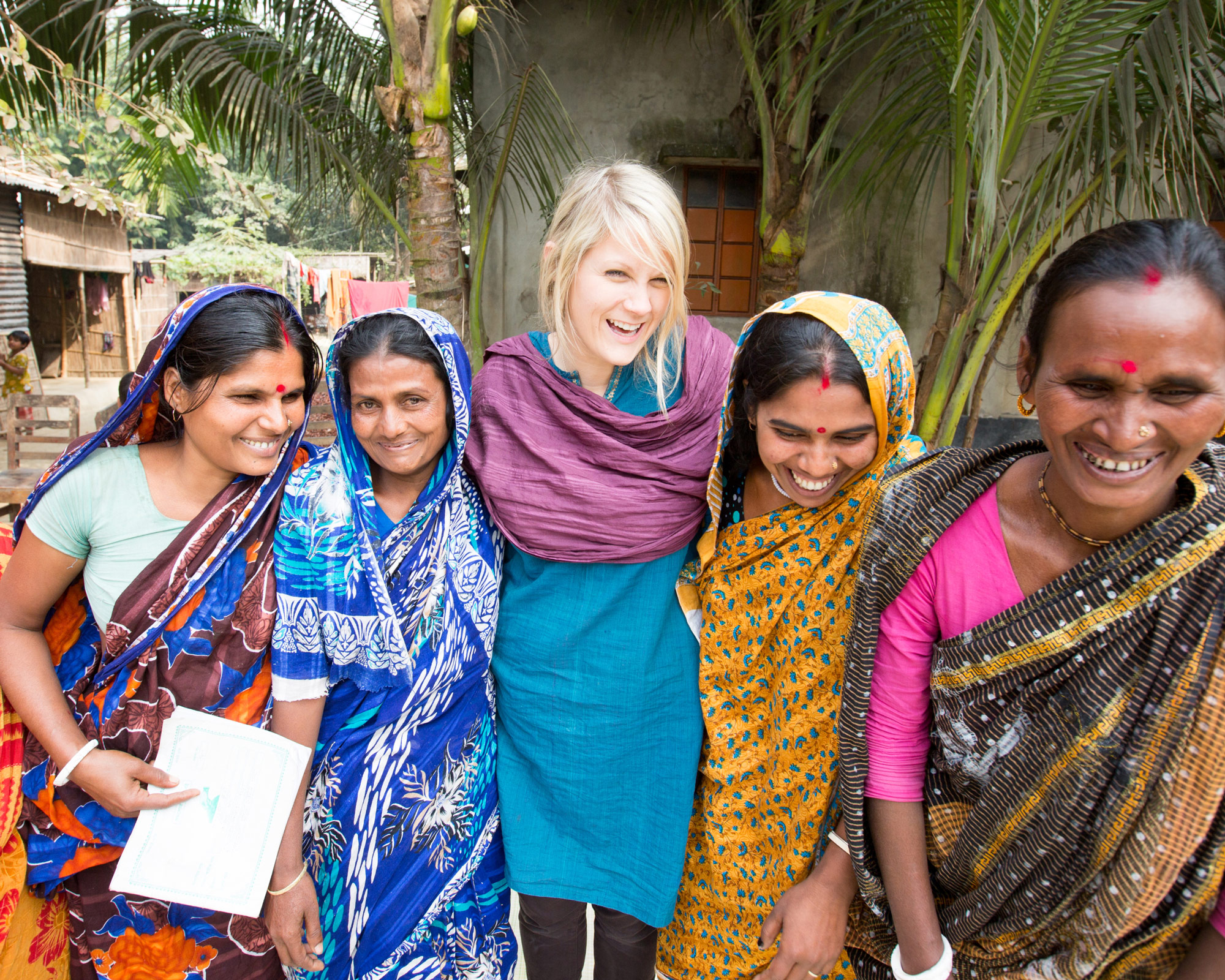
- Interview by Tina Essmaker April 30, 2013
- Photo by Heidi Hatch
Esther Havens
- photographer
Esther Havens is a humanitarian photographer who has worked on social awareness campaigns with organizations like charity: water, TOMS, Warby Parker, and Malaria No More. She has traveled to over 50 countries in the last 10 years—and will keep going until everyone has access to education, clean drinking water, and a job to provide for their families. She is a connector, fostering relationships across continents, cultures, and industries.
Interview
Describe your path to becoming a photographer.
I picked up my first camera when I was eight years old—a 110 film Kodak camera—and from then on, I loved photography. I have a big family and used to set my brothers and sisters up in poses like they did at the Walmart photography studio. When people asked me what I wanted to be, I’d say, “Either a singer or a photographer at Walmart,” which I don’t think I’ve ever announced publicly. (laughing) Art was also a big influence in my life. My great grandfather was a famous Dutch painter in Holland and created beautiful oil paintings of landscapes. We had his paintings all around the house when I was growing up and I remember trying to replicate them by taking photos of the countryside with my little film camera.
I was homeschooled and graduated when I was 16. That year, I took a B&W photo class at a junior college. I started to see light and shadow in new ways and learned how to develop film in a darkroom. My professor wanted us to take more traditional images, but I was always interested in weird, crazy things. Actually, I recently came across the first roll of film I shot, which included images of a kid jumping on a skateboard and a floating head. That was a good class to start with to learn the basics.
Then I went on a trip to India with an organization called Youth With A Mission. At that point in my life, I was searching out what my calling was and what I wanted to do. I remember being in a village in India and, suddenly, I just knew that I needed to pursue photography and the doors would open. After India, I came back just loving the photos I had taken there with my little point-and-shoot camera. I went to a conference in Fort Worth, TX, and there was a National Geographic editor there. I showed him the photos I had taken and he said, “You need to look into another path,” because the images were horrible. They were just snapshots and looking at them now, I agree, but at the time, I was so passionate and ready to go.
I also met a photographer named Gary Chapman at the conference and he invited me to go on a trip to Peru with Global Expeditions. That summer, I went to Peru and shot. Gary is a really well-established photographer and had done work for National Geographic and I learned a lot from him by watching how he photographed. On that trip to Peru, I met a girl who I later went to China with and, from there, I just kept meeting more people.
At the conference I mentioned earlier, I met another photographer named Robert McGee, who offered me an internship in Austin, TX. I thought that sounded cool, so I decided to give it a try and everything worked together for me to move there and do that. A family, who is a friend of a friend of my mother’s, called me out of the blue to offer me a place to stay. Little did I know that they lived five minutes from where I would be interning. When I started my internship with Robert, he gave me my first digital camera and taught me how to shoot with a lighting setup. To pay my bills, I worked at the Starbucks down the street. Robert taught me so much, including the business side of things, and that’s how I got my feet wet.
I had a passion for photography, but I wanted to do more. I had always loved traveling and helping people, and those interests came together when I got involved in nonprofit photography. One of my first introductions to that was with Invisible Children. I had never heard of them before, but my roommate had the Invisible Children DVD in our DVD player and I watched it. Then I called my roommate and said, “Whose is this? What are they doing? I want to be part of this thing!” I contacted Invisible Children and said, “You don’t know me, but I have a camera. Can I come help you with anything?” And that’s how it happened.
I continued to call people, tell them I had a camera, and ask if I could help. I started shooting a lot and had my camera out pretty much every day, with Starbucks still paying my bills on the side. Then I started to get calls from people asking me to go on trips to shoot. I think that was partly because I was always ready and willing. I jumped aboard several mission trips as their photographer. Slowly but surely, I got paid more and more. Then I started getting enough work that my job at Starbucks was lacking; I had to quit it and that was a very scary thing, but I did it anyway.
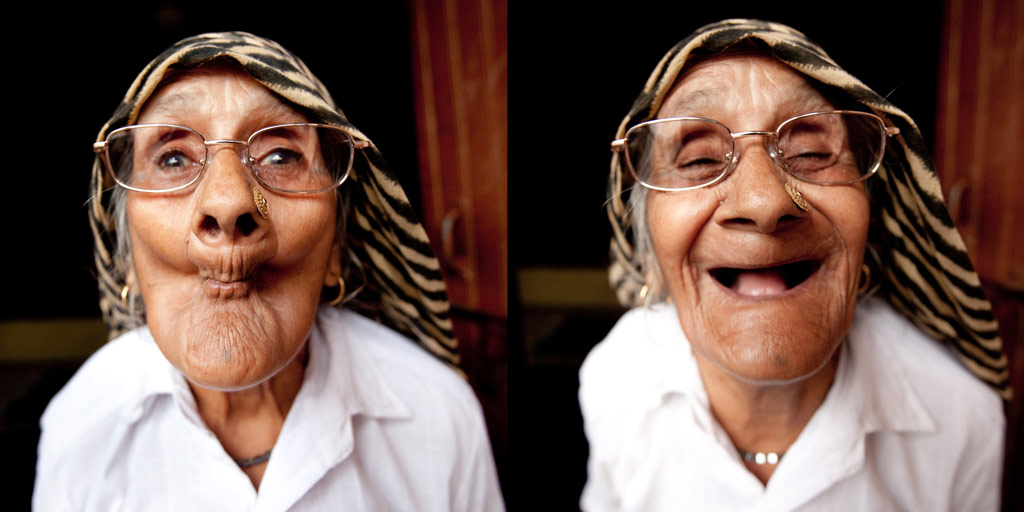
“My parents taught me to dream and go after those dreams, whatever they might be…I was encouraged to see and experience the things I was learning and because I grew up that way, it’s how I approach the rest of my life as well.”
How was the transition from quitting Starbucks to doing photography?
When I started out with photography, I got paying jobs every now and then, but it wasn’t much money. I worked about 20 hours per week at Starbucks, plus I got insurance, too. I knew that I wanted to do photography full-time, but it also really scared me because if I quit my day job, then my security would suddenly be gone. One day, I just decided to quit my job. That was a big break for me because I was then freed up to go on any trip with anybody who contacted me.
People often ask me how I get jobs. I don’t really have to go after jobs anymore—they just come my way now. I do consider every job that comes my way, but I don’t fight too hard for any job. If there’s resistance, I take it as a sign that maybe I’m not supposed to do that job. I want to know that each job I take is right for me and don’t want to work for an organization unless I believe in their cause and can support them.
You’re a freelancer. How long have you been doing that?
For seven years.
Wow!
I started in 2006 and am still going. (laughing) It’s not easy. From the outside, it looks so simple and great, but it’s a challenge for every freelancer because you never know what’s going to be next. I love the adventure of wondering what’s going to happen or where I’m going to be. I just trust that it’s going to be fine and I love having something different going on all the time.
Where did you grow up and how was creativity a part of your childhood?
I grew up in Garland, TX. My father had his Masters in music and was determined to have the von Trapp children. I have five siblings and my dad constantly taught us music as well as art; we all sing and play piano and guitar, although I’m the only one who went down the photo art path. Also, we were all homeschooled together and I feel like that was a really unique part of our upbringing. Reading out of a book is not enough for me, but it was cool because our family travelled and I got to see places out of history and then write a paper on them. I loved that because I’m a very hands-on learner.
My parents taught me to dream and go after those dreams, whatever they might be. When I was growing up, nothing seemed out of reach. I was told that if I wanted to do something, I should just do it. I think that’s very different than what some people are taught today. Even when I was young, I didn’t just do my studies in a book. I was asked, “Esther, what do you want to do? What do you want to be?” and I got to work on those things. I was encouraged to see and experience the things I was learning and because I grew up that way, it’s how I approach the rest of my life as well.
“If I’ve ever had an ‘aha’ moment in photography, it was that moment—I realized I had been photographing people in their circumstances and not for who they are. It was profound.”
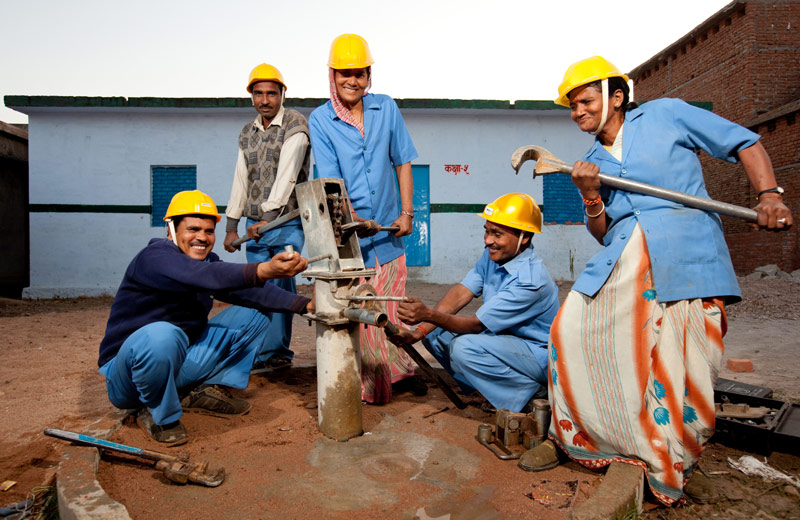
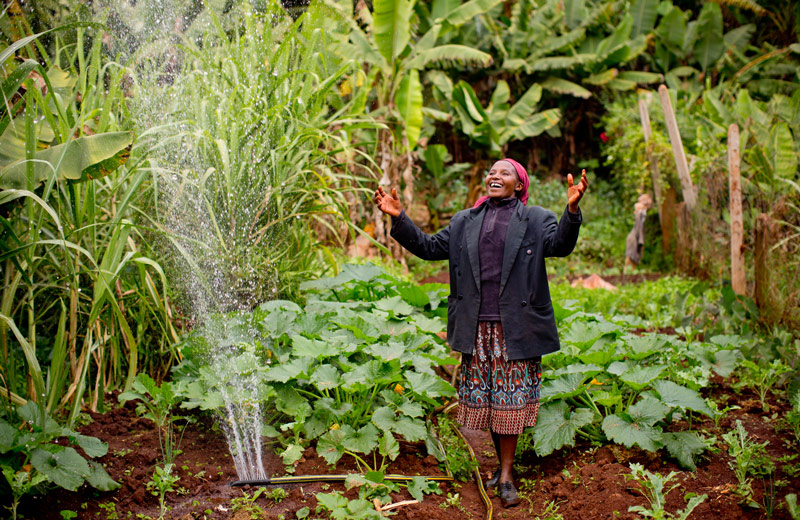
Did you have an “aha” moment when you knew that photography was what you wanted to do?
It was definitely the experience I had in India when I just knew that I had to go after photography. After that, things started to develop. I went on my first trip to Africa, which was with TOMS to photograph their first shoe drop there. I had the hardest time in Africa and didn’t want to go back because the poverty affected me so deeply; I didn’t know what to do about it and it was heart-wrenching.
While in Africa, I met a girl named Summer Rayne Oakes, who was an eco model. She asked if I wanted to go to Mozambique with her to meet a guy in the bush. I said yes and we went to meet a guy named Allan, who did tree reforestation. Summer needed photos for SHAPE Magazine, so I ended up taking some shots. At the time, the trip was really fun, but once I got back home to the US, the transition was really tough. Even though I had been to India and Central America, Africa really hit me hard.
When I returned from Africa, a guy from an organization called Banding Together reached out to me and said, “I’m going to Congo to learn about the AIDs situation and I’d like to bring you with me.” I decided to go. There, I had a moment when I was photographing a child who was malnourished and looked very sad; I looked at the images of him and thought about how great they would be for my portfolio. Up until that point, my camera was always this protective barrier for me. I could hide behind it and not have to get involved; it was safe. Suddenly, in that moment, I became really disgusted with the person I had become because I didn’t take the time to get to know this child, but I took his photo for my own gain. When it comes to fashion photography or other fields, I don’t necessarily think that’s wrong, but there’s something wrong with getting excited about a photo that looks so sad. After that, I wanted to put my camera away, but I kept getting phone calls from people who wanted me to go on trips with them.
Next, I got a call from a group of college students from an organization called Wishing Well: Water for the World. They were going to Rwanda to learn about the water crisis and asked me to go with them; it sounded interesting. I said yes and prayed that my heart would change on that trip. When I was in Rwanda, I heard two distinct phrases that changed the way I see and photograph. The first was, “My light shines upon them,” and the second was, “Who we are is not our circumstance.” If I’ve ever had an “aha” moment in photography, it was that moment—I realized I had been photographing people in their circumstances and not for who they are. It was profound.
After that, I photographed a woman named Manwoondi; I got down low, looked up to her, and realized that she was shining and vibrant, even though she’s normally covered in flies and dirt. I pulled out my flash and said, “Manwoondi, the light’s shining on you!” and I had her look at the flash and this magical photo happened—I had never taken anything like that before. She looked stoic and strong and beautiful. Suddenly, I realized that I hadn’t been viewing people that way because I didn’t understand poverty; it was so distant and foreign to me because I could go back home and not have to see it anymore.
I got to know Manwoondi’s entire community, a village called Marunja, and it was in that village that charity: water drilled a well. I got to photograph the story of the village, including the story of Jean Bosco that later became a really big charity: water story. That was when I realized that photography could actually change something. Charity: water had funded a well there and, in three days, it was drilled. When water started flowing for the village, I got to rejoice with everyone and photograph the celebration as it happened. Six weeks later, charity: water’s founder, Scott Harrison, told me they were having an event at Saks Fifth Avenue in New York and he invited me to come check it out. I went and was blown away; photos telling Jean Bosco’s story were being shown to all these people on the top floor of Sak’s Fifth Avenue in New York City. That’s when it became about telling other people’s stories and taking myself out of it.
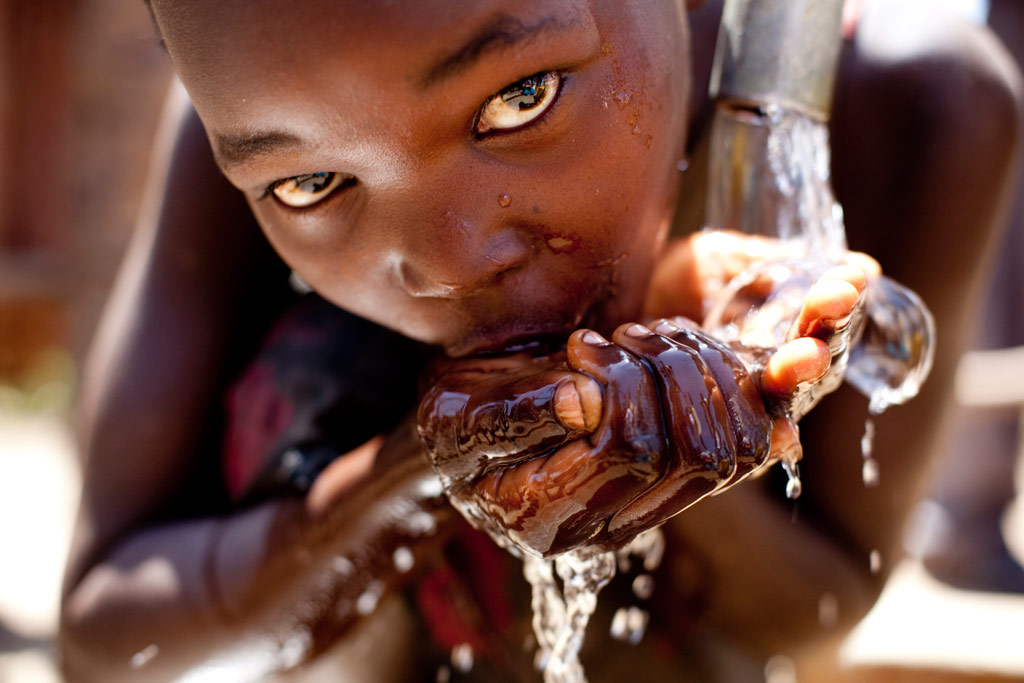
“I’ve had to battle fear my whole life, ever since I was a kid…When I tell people that I’m fearful, they think it’s impossible because I travel so much. But I try not to let fear grip me; instead, I try to stare it in the face.”
You mentioned that you did an internship in Austin. Would you consider the photographer that you interned with a mentor?
Yeah, for sure. He was definitely a photo mentor for a few years. However, he photographed architecture, so we differed in that way. I also had another mentor, Gary Fong, who was the editor of the San Francisco Chronicle. I’ve also built a great group of friends and I feel like we all mentor each other, which has been really inspiring.
Has there been a point in your life when you decided you had to take a big risk to move forward?
I would say that quitting Starbucks and going full-time as a photographer was a big risk. As a woman, I also feel like I’m constantly taking big risks by traveling alone to places I don’t know. I just spent the last six weeks in India and Bangladesh and it was scary; at times, I found myself asking if I was safe. Now, I can’t even take a taxi or walk alone in India at night. The interesting thing is that I’ve had to battle fear my whole life, ever since I was a kid. In going to all these places, I have to face my fears and ask why I’m even scared at all. When I tell people that I’m fearful, they think it’s impossible because I travel so much. But I try not to let fear grip me; I try to stare it in the face.
Are your family and friends supportive of what you do?
My family is amazing and very supportive. They live all over the place. My sister, Jennifer, is an archaeologist and writer and lives in Holland; My brother, Jeff, manages a company in Texas; my brother, Josh, is in a band and he calls me all the time to check up on me and make sure I’m safe; my little brother, Jonny, is an incredible musician; and my little sister is about to graduate college and will be pursuing fashion. I have the most amazing mom—if I was a mom, I don’t know if I would have let my daughter do half the things I’ve done. My father was always supportive and wanted to hear every story. He passed away from cancer eight years ago, just after I had gotten back from a trip to China.
One of my favorite things right now is that my family and I all have iMessage and I get text messages from my family all day long saying what they’re doing and where they’re going. They constantly encourage me. So do my friends. I’ve tried to create a tight group of friends who I can support and who support me—and ones who understand my life of constantly being gone.
I’m pretty sure the answer to this is yes, but do you feel a responsibility to contribute to something bigger than yourself?
Absolutely! Always. If I could take the “me” out of everything I do, I would be so happy. However, I’ve also learned that using our stories is what inspires people and challenges them to do something bigger, which is why I share my story. I want to see a lot of things happen: people to come out of poverty, jobs to be created all over the world, photography to be used for bigger purposes, people to come and find community in new ways and not be lonely anymore, and education to be changed across the world so every kid can go to school. I want people to feel loved and valued. Those things weigh on me all the time.
“If I could take the ‘me’ out of everything I do, I would be so happy. However, I’ve also learned that using our stories is what inspires people and challenges them to do something bigger, which is why I share my story.”
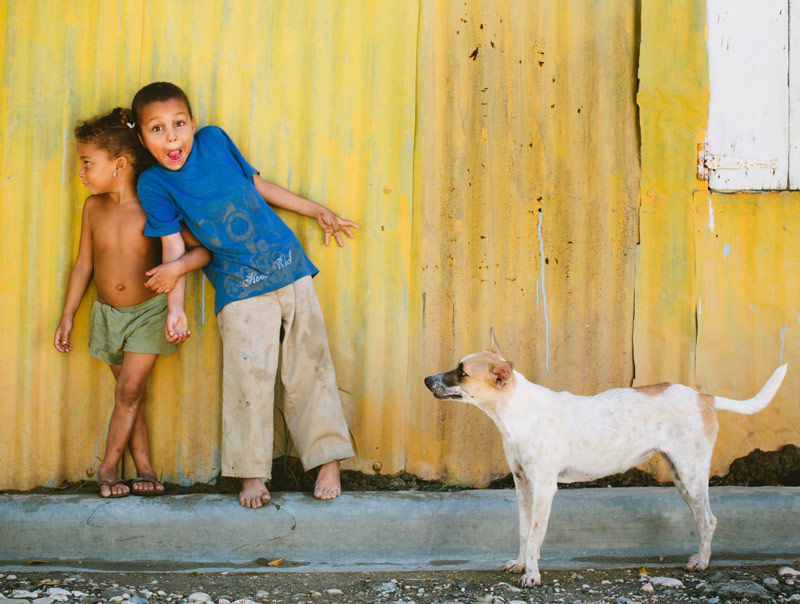
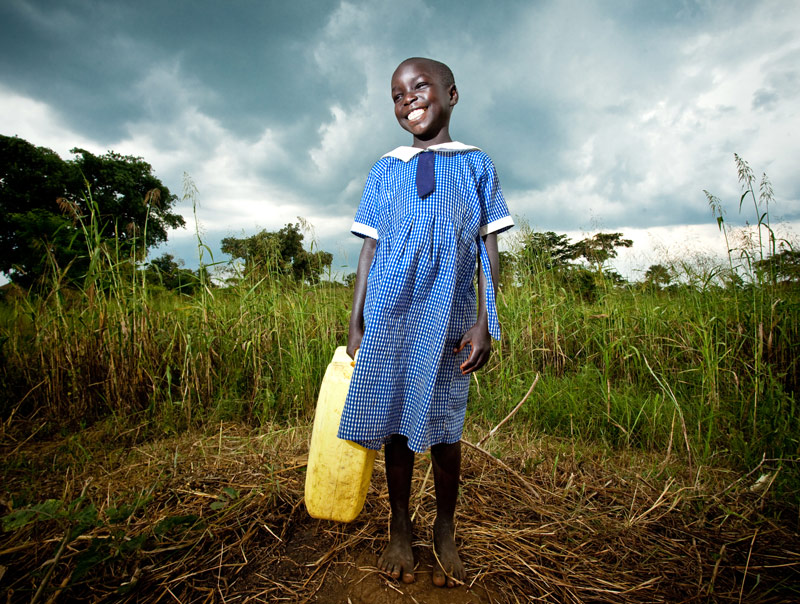
Do you see your involvement in photography being a catalyst to change those things?
That’s where it’s always been. When I started doing photography full-time seven years ago, I had no idea I’d be doing what I’m doing now. I had no clue that I would work for all these organizations or travel to over 50 countries. I just kept dreaming and tried to accomplish small goals to meet each year. I am definitely still dreaming of something bigger, something that I haven’t seen yet, even though I don’t know what it is.
Are you satisfied creatively?
Not at this moment. I don’t feel creatively satisfied right now because there is a lot more I want to be doing or know I should be doing. I’m trying to slow down to do some soul searching. I am constantly trying to find new ways to explore creativity, so what I do next might not even be related to photography. One thing I’ve always wanted to do is write a book; maybe I’ll do that next.
If you could give one piece of advice to another photographer starting out, what would you say?
Stop trying to copy other photographers. Everybody is a photographer now. When you’re exploring things creatively, I think it’s important not to copy others; just be who you are. That’s not something that is taught in our culture. We look at celebrities or others who we want to be like and that’s fed to us constantly, but one thing I’ve always strived for in my work is to find a way to do something different and unique that nobody else has done. There’s no A, B, C path to doing anything; things are different for every person. Don’t copy others; just be yourself.
Success is not something we should be chasing after. There’s this quote from Mother Teresa “God hasn’t called me to be successful. God has called me to be faithful.” I love that attitude of doing what you’re doing to the best of your ability without chasing after success. Sometimes we set goals that are so far above our reach; we have to take one day at a time and do the best with what we’ve been called to do.
You travel so much. How does your environment impact your creativity since it’s always changing?
I’ve practically lived out of a suitcase for the last three years. Last year alone I was home maybe five days a month. It’s so challenging on your body, mind, and soul. When I was home, I was lacking community. I looked at communities in Africa and they don’t have a lot, but they are so happy—why is that? Because they have each other. I knew I needed to switch things up because community and who you surround yourself with is so important.
I’m now in Dallas and am part of a coworking community here called Weld. I thrive in that kind of environment and have learned that I need it to be creative and grow. I used to come back from trips and be alone in my house; I was not thriving. Now, I come back from trips, sit down with all my friends, and tell them stories. I also have a mentor named Cari, who I process through my trips with after I return and that has been so helpful for me.
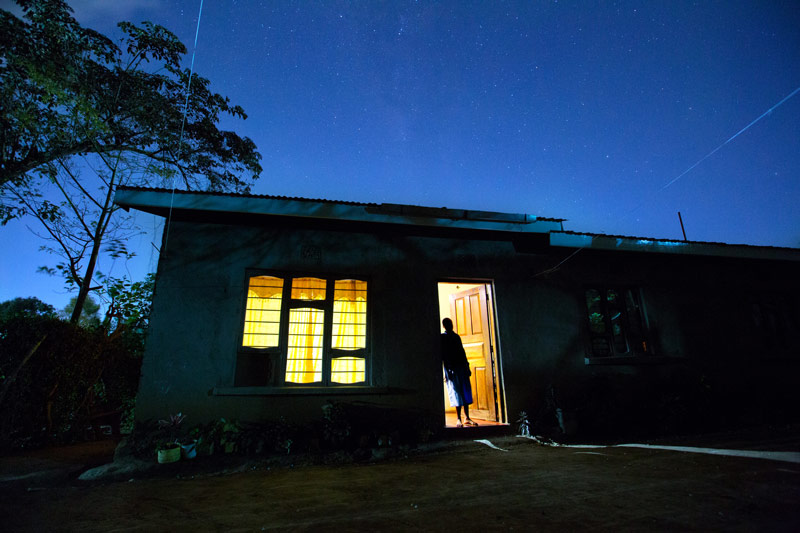
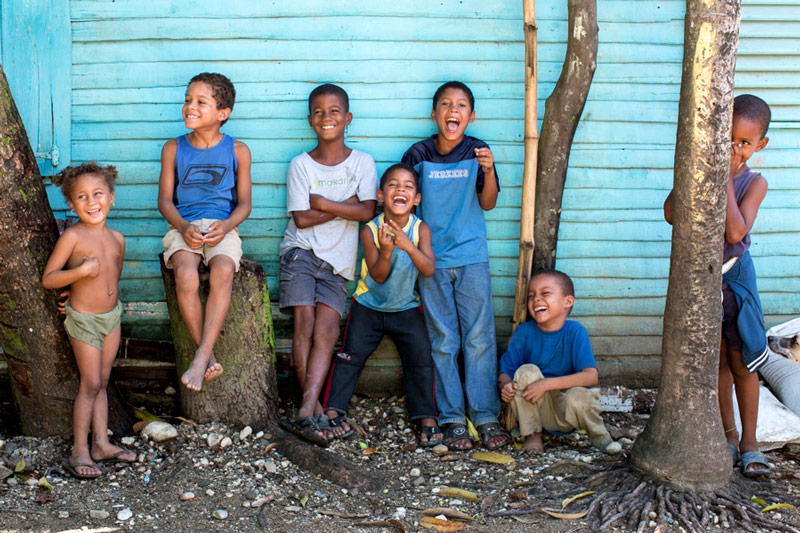
You definitely need someone to process through all of that with because you don’t have the time or outlet to do that while traveling.
I think travel seems so glamorous to a lot of people; they think that life sounds amazing. Yes, it does sound amazing, but it’s hard on your body. Sometimes all I want to do is sleep in my own bed, but I can’t; or if I’m sick, I want the comforts of home. It’s one thing if you do a few trips a year. Otherwise, it’s a lot of work and can be very taxing.
Is sounds like it’s important to you to be part of a creative community of people.
Yes. I think it’s everything for creatives. One of the reasons Weld was born is that I was talking to the founder, Austin Mann, telling him that I don’t like sitting by myself at home, editing. I need people around me. The way I get the most work done is if I have five people sitting around me and they’re all going at it, getting work done. I feel that energy. I love seeing what everyone is working on. I got really depressed sitting at home alone after every trip. Now I come back and everyone is glad to see me and wants to know how my trip was. Collaboration happens in that environment, too, which is really great.
I don’t know that you can answer this question. What does a typical day look like for you?
Yeah, that’s hard. No day is typical. There are some days where I really long to have a routine. When I am back in the States, I wake up and the first thing I do is find coffee. Then I try to figure out what I’m going to accomplish for the day. When I’m in town, I schedule a lot of coffee dates just to meet people. That’s another thing I’d tell young people—go have coffee with as many people as you possibly can. Your first task is to find out as much as you can about everyone else. I usually have lots of people who want to get together, so I’ll go do that. That’s great. Then I just get to hang out with people I care about. When I’m in the field, I just never know what my day is going to look like. I can’t have any expectations because it’s going to be full of surprises. That’s one of the crazy things about traveling. You could have an agenda and schedule, but it never goes the way it says on paper. (laughing) You have to be flexible.
What music are you listening to right now?
Well, my brother’s album came out yesterday, so I have that playing nonstop.
What band is he in?
The Afters and the album is called Life is Beautiful. It’s so good! I’m also listening to The Lone Bellow and Hillsong United.
Any favorite movie or TV shows?
I like chick flicks when I have to relax, but don’t tell the world that! As for TV shows, I like Modern Family and The Office as well.
Your favorite book?
I wouldn’t say I have an overall favorite, but I do have a favorite from last year and that would be Love Does by Bob Goff. The book is all about loving people well, which is what I’m all about. This week, I’ve started reading The Catalyst Leader by Brad Lomenick.
Favorite food?
Probably Brussels sprouts. When I was a kid, my mom made me sit at the table and eat them—I couldn’t leave the table until I did. I hated them, but now I’m crazy about them. I’m a vegetarian, so I’m happy with any kind of vegetable I can find.
What kind of legacy do you hope to leave?
That is the toughest question. I really hope that through my photography and the way I live life, people will love others more, learn to see who they really are, and stop judging one another.
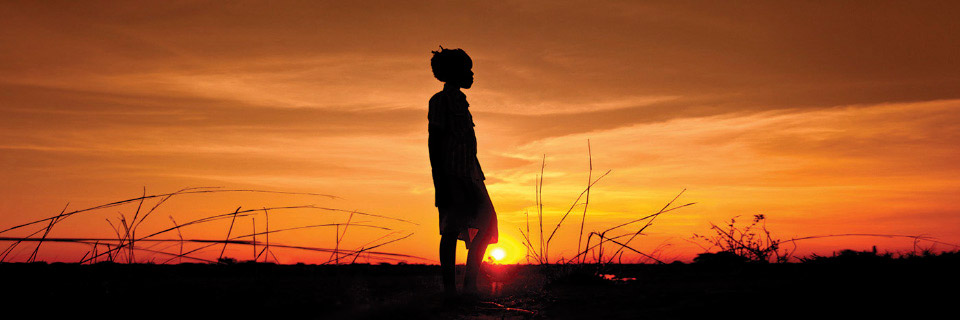
“When I started doing photography full-time seven years ago, I had no idea I’d be doing what I’m doing now. I had no clue that I would work for all these organizations or travel to over 50 countries. I just kept dreaming…”
